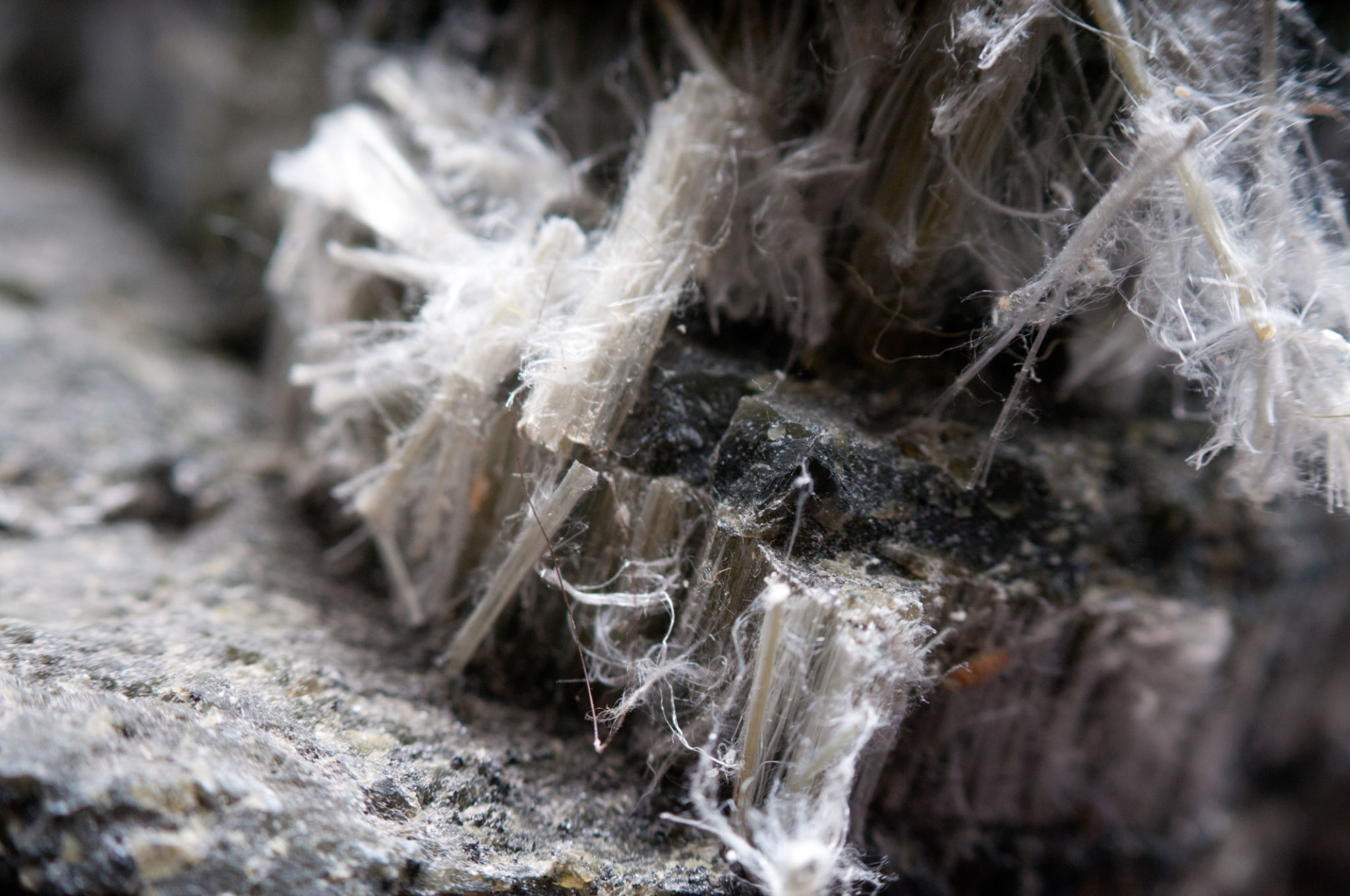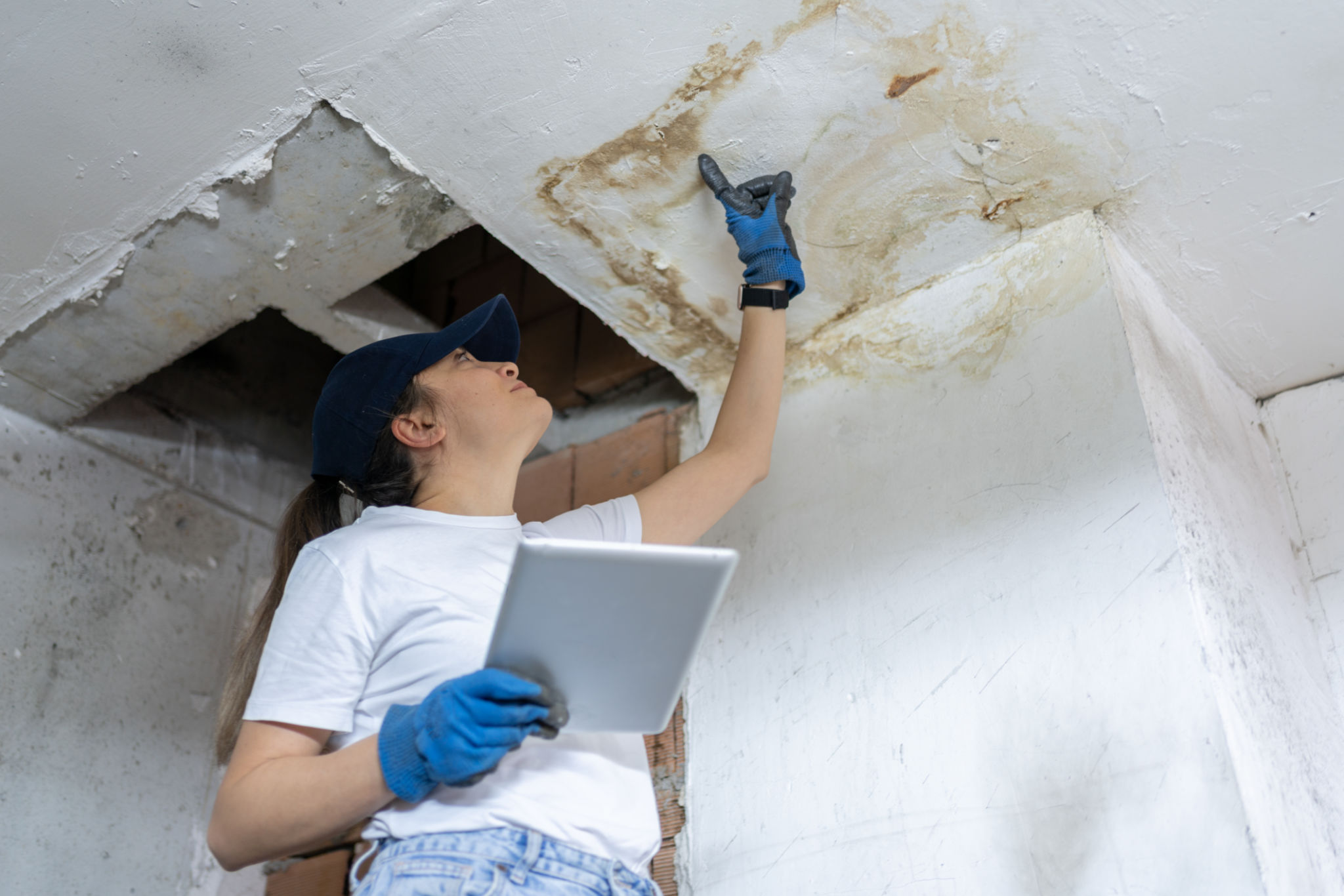The Ultimate Guide to Asbestos Inspection: Protecting Your Home and Health
Understanding Asbestos and Its Risks
Asbestos is a naturally occurring mineral that was commonly used in building materials due to its durability and heat resistance. However, it poses significant health risks when its fibers become airborne and are inhaled. Exposure to asbestos can lead to severe health issues, including lung cancer, mesothelioma, and asbestosis. Thus, understanding the presence and risks of asbestos in your home is crucial for safeguarding your health.

The Importance of Asbestos Inspection
An asbestos inspection is essential for any homeowner, especially if your property was built before the 1980s. This process involves a thorough examination of your home to identify the presence and condition of asbestos-containing materials. Conducting an inspection can help prevent accidental exposure and ensure the safety of your living environment.
When Should You Get an Asbestos Inspection?
It is advisable to get an asbestos inspection if you are planning to renovate or demolish an older property. Additionally, if you notice any deterioration in materials such as insulation, roofing shingles, or floor tiles, it might be time to call in a professional. Regular inspections can prevent potential health hazards before they become significant issues.

Choosing the Right Asbestos Inspector
Hiring a certified asbestos inspector is crucial for accurate results. Look for professionals with extensive experience and relevant accreditations. They should use specialized equipment and follow strict safety protocols during the inspection process. A reputable inspector will provide a detailed report and recommend steps for managing or removing asbestos if necessary.
What to Expect During an Inspection
The inspection process typically involves visual assessments and the collection of samples from suspected areas. These samples are then analyzed in a laboratory to confirm the presence of asbestos. A comprehensive inspection report will outline the findings and suggest appropriate actions for remediation or management.

Managing Asbestos in Your Home
If asbestos is detected, you have several options for managing it. In some cases, encapsulation might be sufficient, where the material is coated with a sealant that prevents fiber release. In other situations, removal might be necessary, especially if the materials are damaged or disturbed. Always consult with professionals to determine the best approach for your specific situation.
The Role of Regular Monitoring
Even after an initial inspection and management plan, regular monitoring is essential to ensure that asbestos materials remain undisturbed and in good condition. This ongoing vigilance helps protect you and your family from potential exposure over time.
Conclusion: Prioritize Safety
Asbestos inspection is a critical step in maintaining a safe home environment. By understanding the risks, choosing the right professionals, and implementing effective management strategies, you can protect your home and health from the dangers of asbestos. Remember, safety always comes first, so don't hesitate to seek professional advice if you suspect asbestos in your home.
